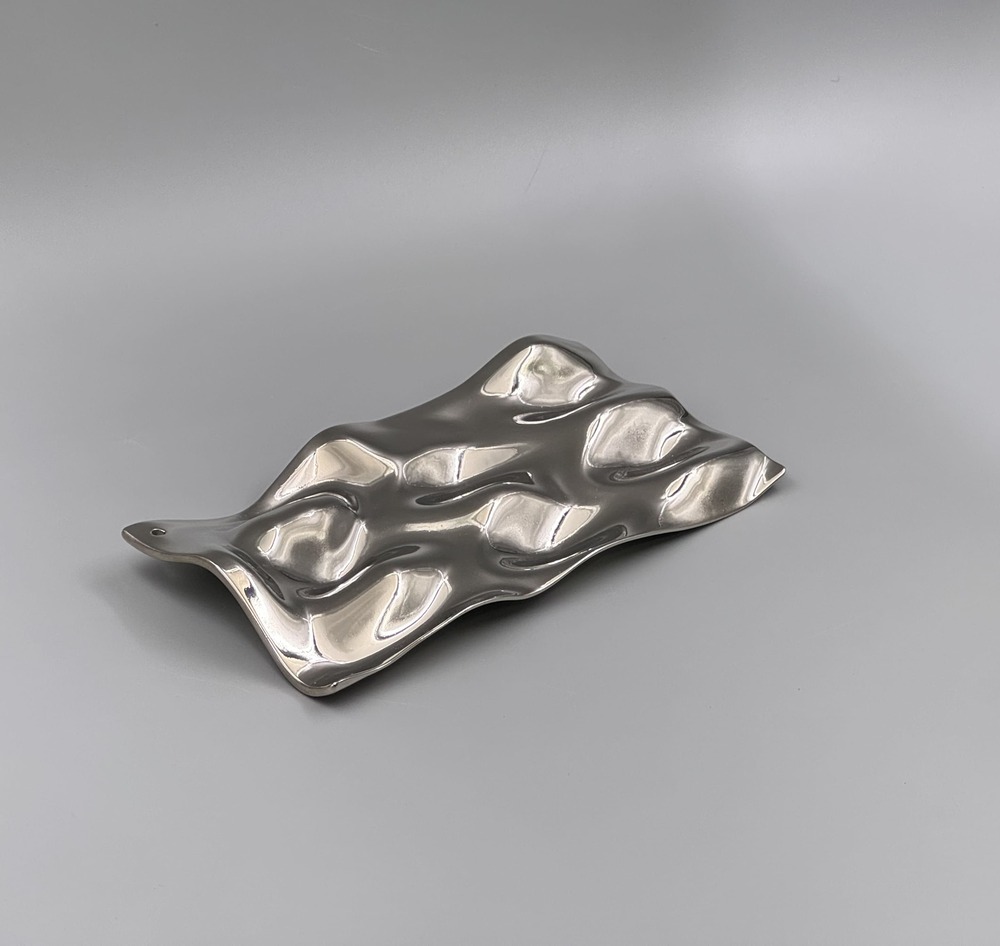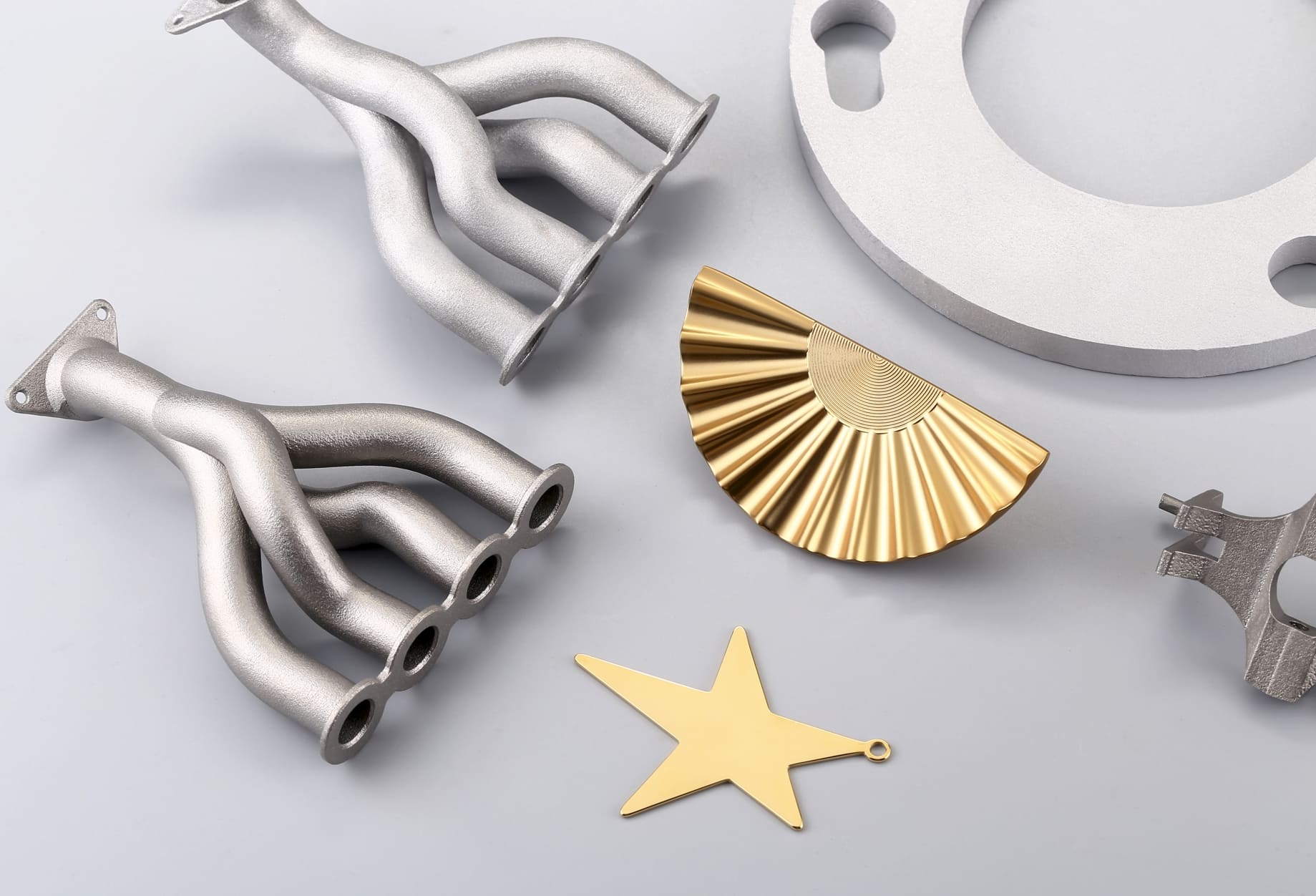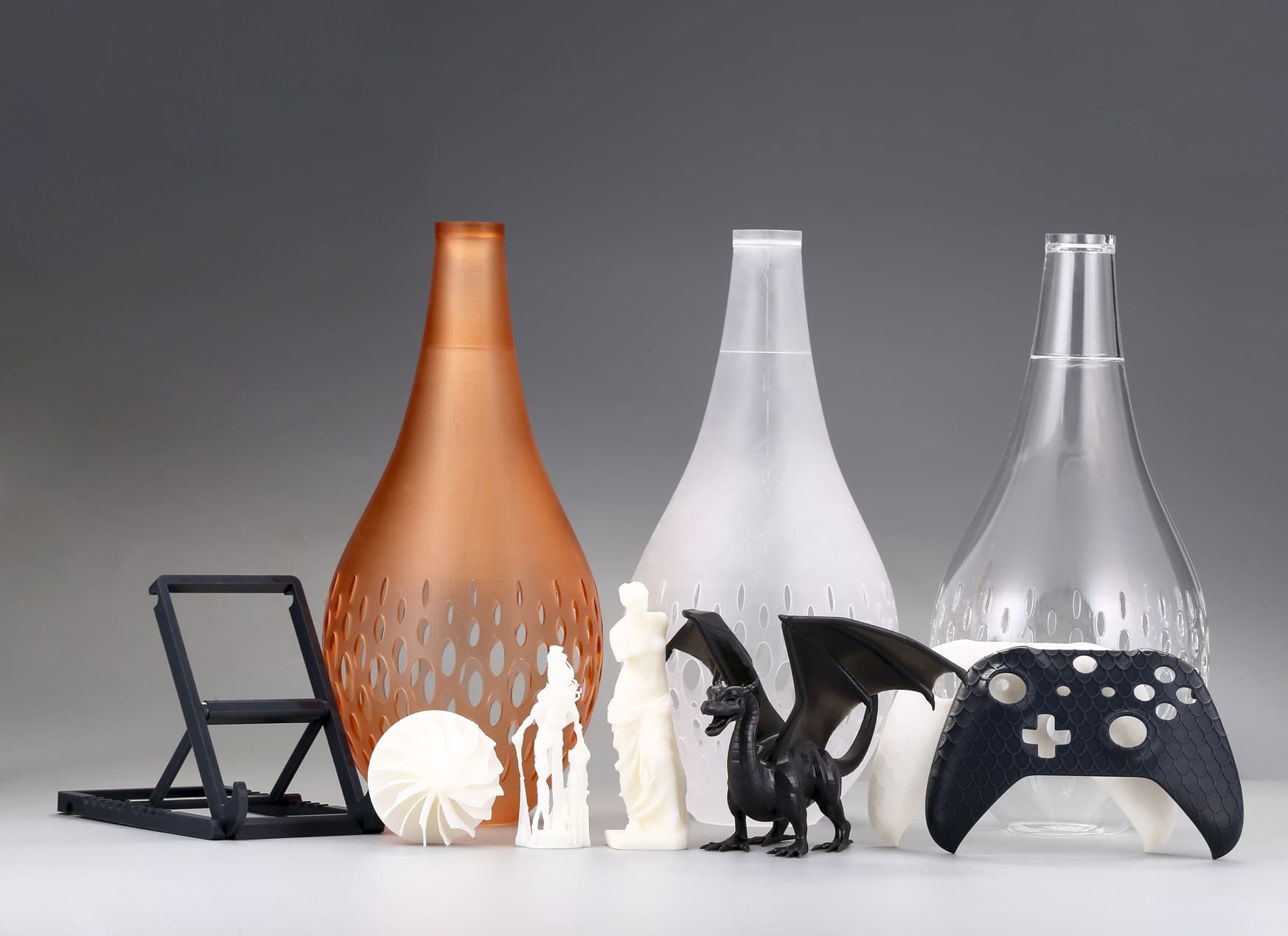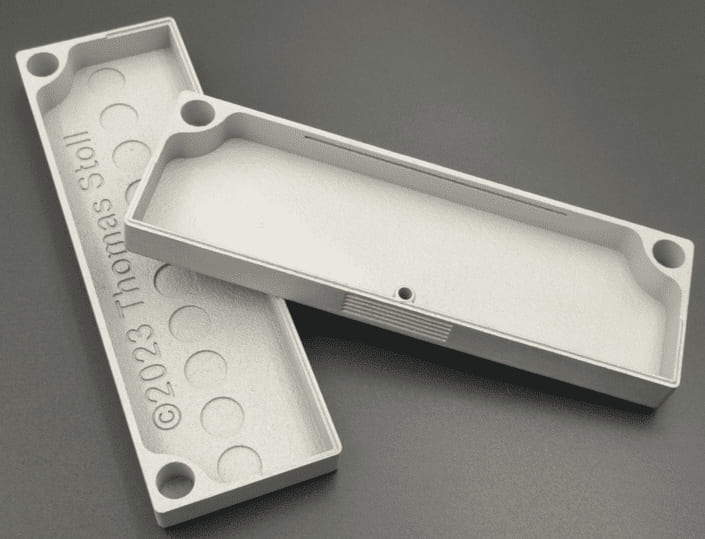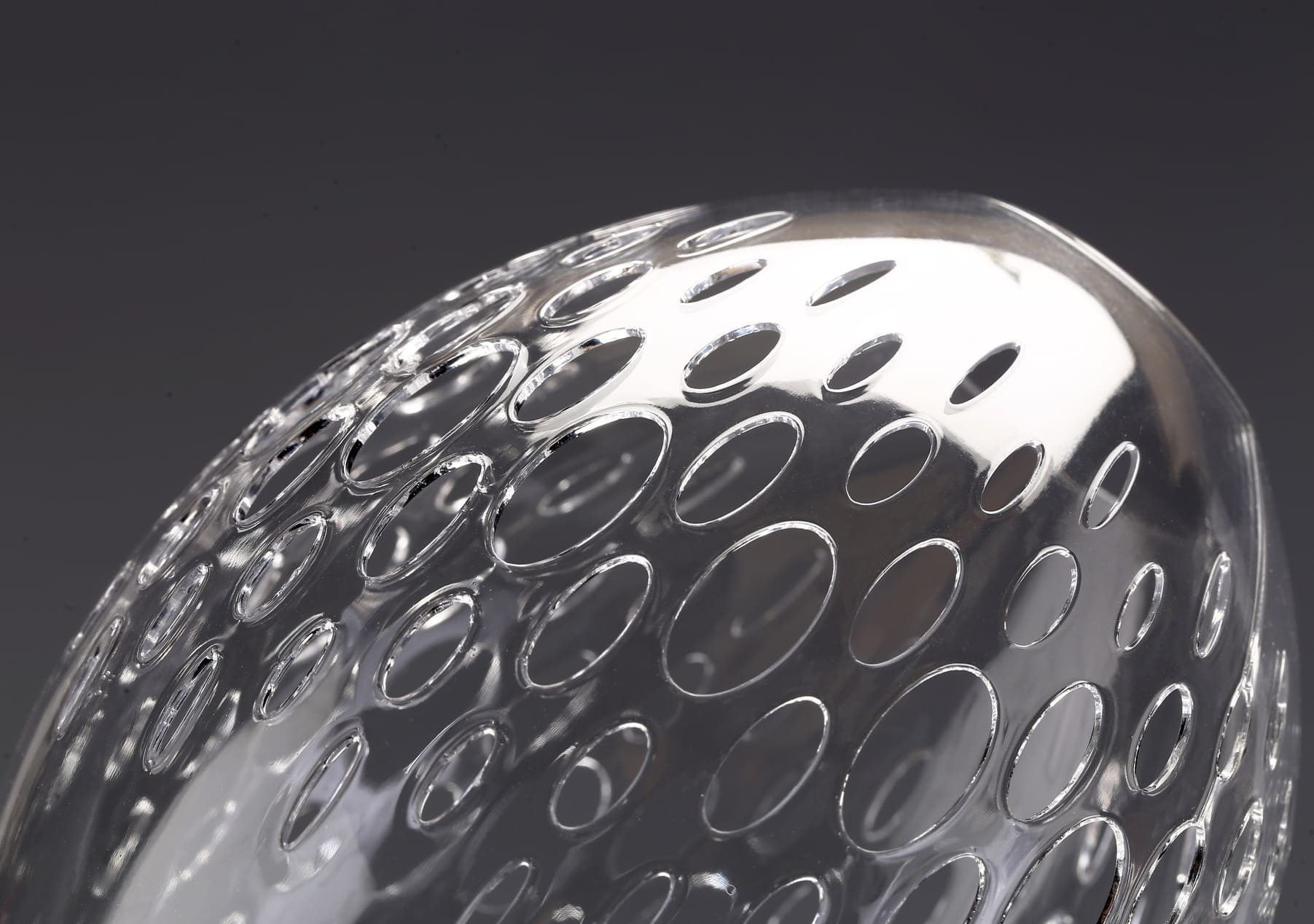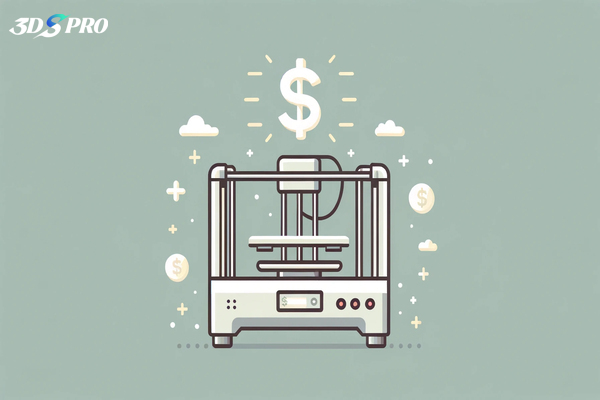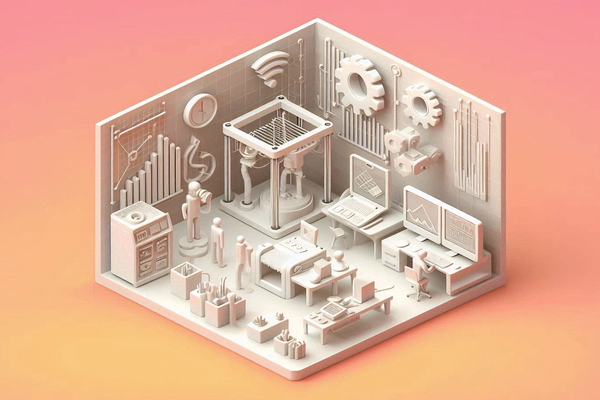Factors That Affect 3D Printing Costs
1. Printer Technology and Hardware
Different 3D printing technologies come at varying price levels. For example:
• Fused Deposition Modeling (FDM): One of the most common and budget-friendly methods, using filament materials (PLA, ABS, PETG).
• Stereolithography (SLA) and Digital Light Processing (DLP): These technologies use resins to produce highly detailed prints and generally cost more due to material and equipment expenses.
• Selective Laser Sintering (SLS), MultiJet Fusion (MJF) and Selective Laer Melting (SLM): Utilized in industrial settings, these machines can print with powders or binders and tend to be the priciest option.
**Each printing method influences not only the machine’s cost but also post-processing requirements and overall print quality.
2. Materials and Consumables
Material choice is critical because it directly impacts print quality, durability, and cost per print. Consider these points:
• Filament Costs (for FDM): Standard PLA is usually inexpensive (about $10–$30 per kg), whereas specialty filaments (wood, carbon fiber composites) cost considerably more.
• Resin (for SLA/DLP): Resin prices can range from $40 to $200 per kg, depending on the formulation and properties needed.
• Powders (for SLS/MJF/SLM): Materials such as nylon powders or metal often have higher price tags and might also require post-processing steps that add extra cost.
3. Model Size, Complexity, and Design
The volume and intricacy of a 3D model influence how much material is used and how long the print takes to complete. Larger, more complex designs use more resources, require more support structures, and lead to higher print times. Optimizing your design—for example, hollowing out parts without sacrificing strength—can help reduce material use and lower your printing expenses.
4. Post-Processing and Finishing
After a print is completed, processes such as support removal, sanding, painting, or curing can add both time and cost. Some industries value a smooth, high-quality finish even if it means incurring additional expenses; in other cases, a rough print may be acceptable if the goal is rapid prototyping.
5. Operating Costs
Beyond the initial hardware and consumable costs, ongoing expenses include:
• Electricity: Although many printers have low power, extended print times (often several hours or even days) can add up.
• Maintenance and Repairs: Regular upkeep ensures the printer remains in good working condition, but replacement parts and periodic service can contribute to long-term costs.
• Software and Design: While free slicing programs exist, professional-grade design or CAD software can be an additional investment.
Metal 3D Printed Food Package at 3DSPRO:
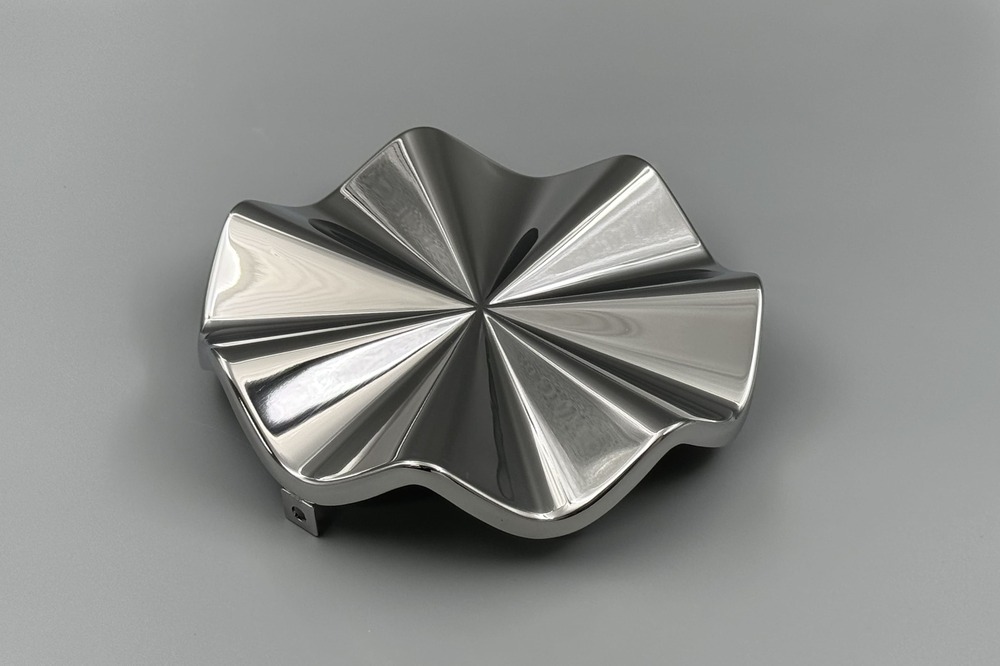
Cost Comparison: DIY vs Professional Services
DIY 3D Printing
Purchasing a 3D printer for in‑house use involves several upfront costs:
1. Initial Investment: Entry-level models can start from around $200–$500, while hobbyist and prosumer machines may range from $500 to $4,000 or more.
2. Operational Costs: Ongoing expenses such as filament, resin, electricity, and maintenance must be factored in.
3. Learning Curve: There is a significant time investment required to learn proper settings, calibrations, and design optimization to avoid waste and failed prints.
**DIY printing offers flexibility and full control over your prototypes but requires a commitment of both time and money to manage daily production.
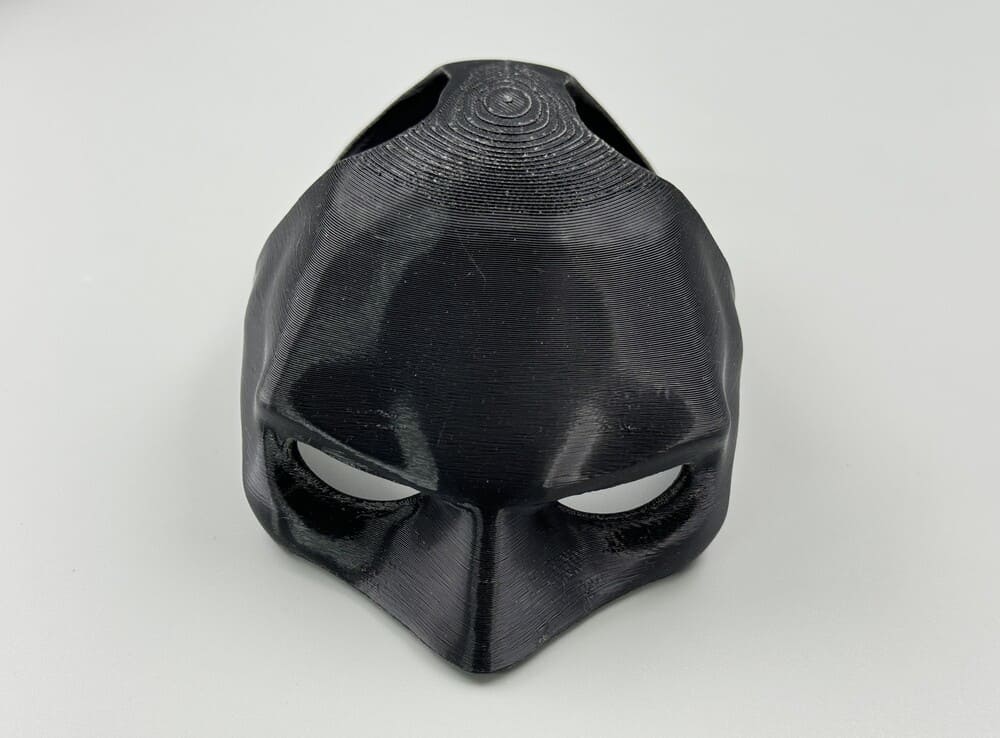
Professional 3D Printing Services
Outsourcing your 3D prints to a professional service such as Shapeways, Sculpteo, or local 3D printing bureaus offers several advantages:
1. Quality and Expertise: Professional services often use high-end industrial machines that may provide superior print quality and material versatility.
2. Time Savings: For one‑off or low‑volume prints, you avoid the hassle of printer setup, troubleshooting, and post-processing challenges.
3. Cost-Efficiency for Complex Projects: When large volumes or intricate designs are needed, professional services may offer economies of scale, potentially making the per‐print cost lower than DIY, especially when you factor in your time.
**However, these services might charge by the cubic centimeter or hour of printing time plus a handling fee, so for multiple iterations or rapid prototyping, ongoing outsourcing costs may add up.
|
DIY is Ideal If: You plan to print frequently, want control over the entire process, or enjoy the learning curve and tinkering aspects of 3D printing. |
Professional Services are Best When: Your print volume is low, you require rapid turnaround, or the design is too complex to risk with a beginner’s printer. |
Average Price Ranges
|
Project Scale |
DIY / Home Printing Cost Range |
Professional Service Cost Range |
Examples |
|
Small Models / Prototypes |
~$1 – $10 per item |
~$3 – $15 per item |
keychains, small figurines, phone cases; minimal material & print time |
|
Medium Prototypes / Functional Parts |
~$15 – $100 per item |
~$15 – $100 per item |
functional prototypes, replacement parts; moderate material usage and print time |
|
Large / High-Detail Prints |
$100+ per item |
$100+ per item |
complex models, industrial-grade prototypes; significant material and extended print time |
** Other fees such as post-processing is not included.
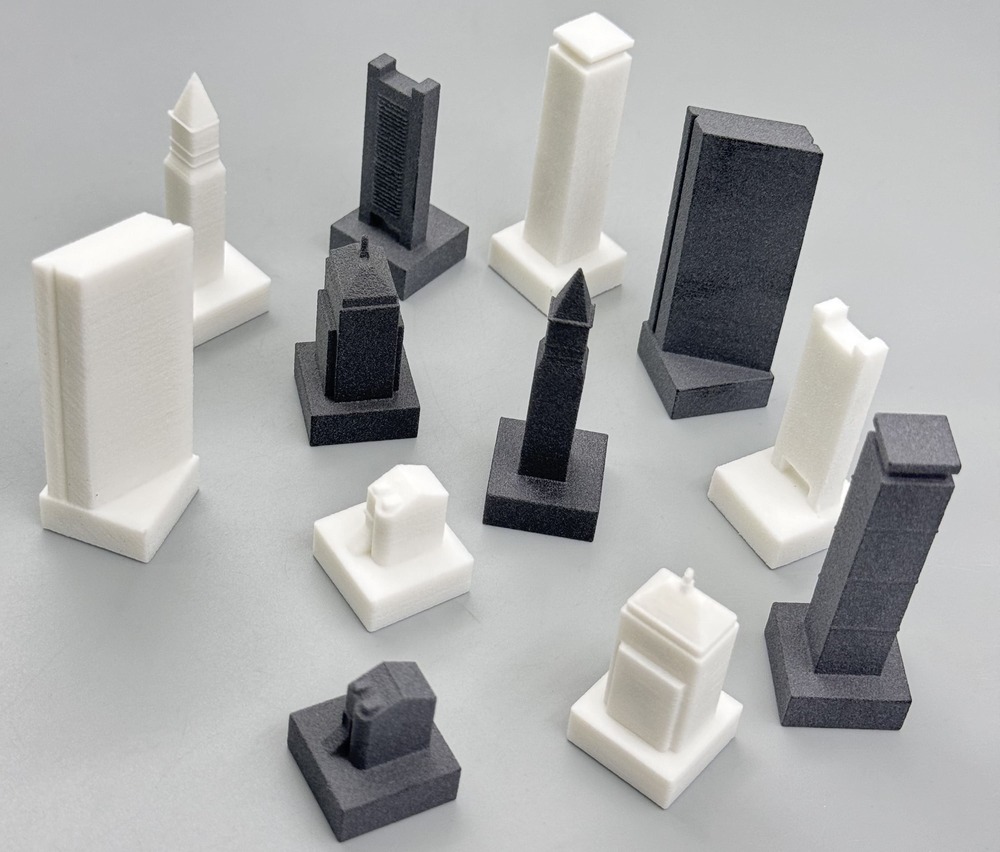
How to Save Money on 3D Printing
1. Optimize Your Designs
• Reduce Infill: By lowering the infill percentage in your slicer software, you use less material while maintaining structural integrity where needed.
• Hollow Out Models: For many prototypes, designing hollow or partially hollow models can dramatically decrease material usage.
• Minimize Supports: Redesign models to reduce overhangs and avoid unnecessary support structures, which not only cut material costs but also reduce post-processing time.
2. Streamline Print Settings
• Print at Standard Resolutions: Unless high detail is essential, printing at a standard layer height can speed up your print time and reduce energy consumption.
• Batch Printing: Printing multiple items in one go reduces the per‑unit setup time and can provide a quantity discount if ordering through a service.
3. Use Affordable Materials and Recycled Filament
• Bulk Purchasing: Buying filament or resin in bulk typically reduces the price per kilogram.
• Recycling: Consider investing in a filament extruder or using recycled materials. Projects like the RecycleBot show how waste plastics can be converted into usable filament at a fraction of the purchase price.
4. Maintain Your Equipment
Regular maintenance helps avoid costly repairs and extends the life of your 3D printer. Clean the build plate, check calibration frequently, and replace parts like nozzles or belts before they cause print failures.
If you often outsource your printing, shop around for competitive quotes. Many providers offer online calculators where you can preview prices based on model volume and material, ensuring you always get the best deal.
